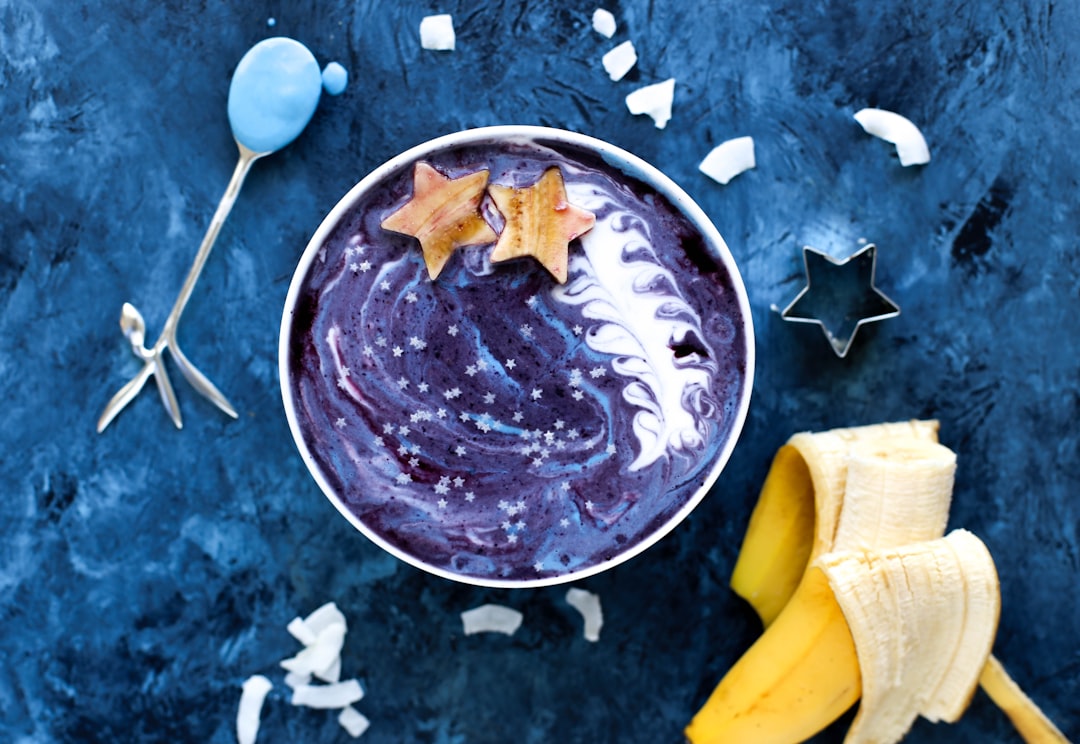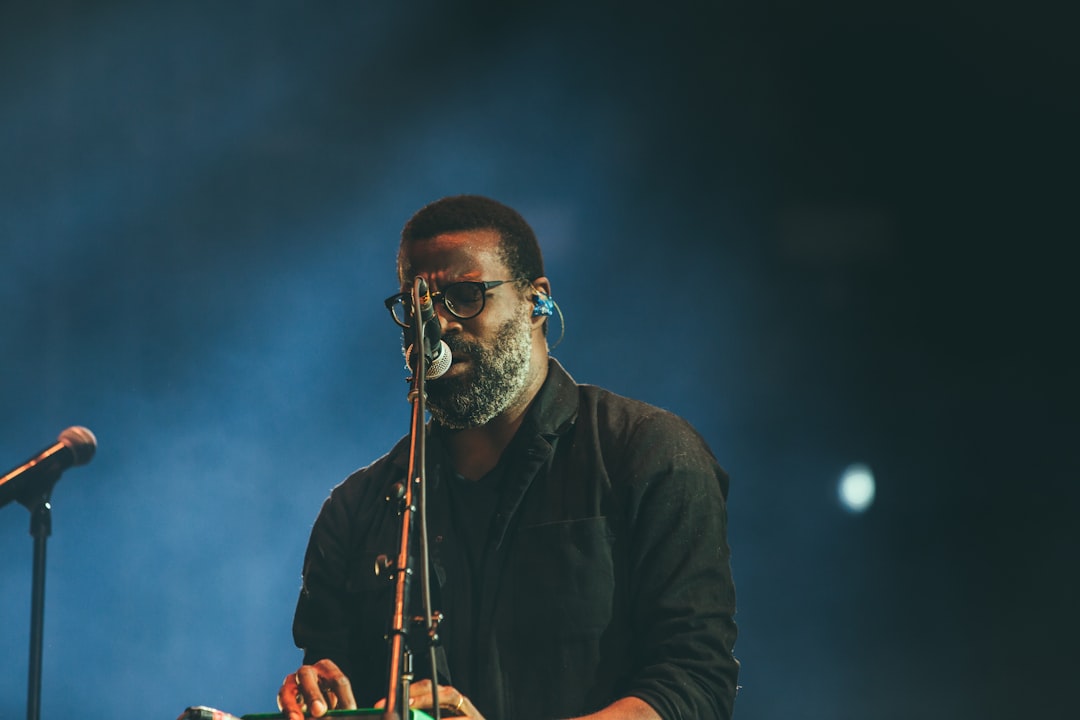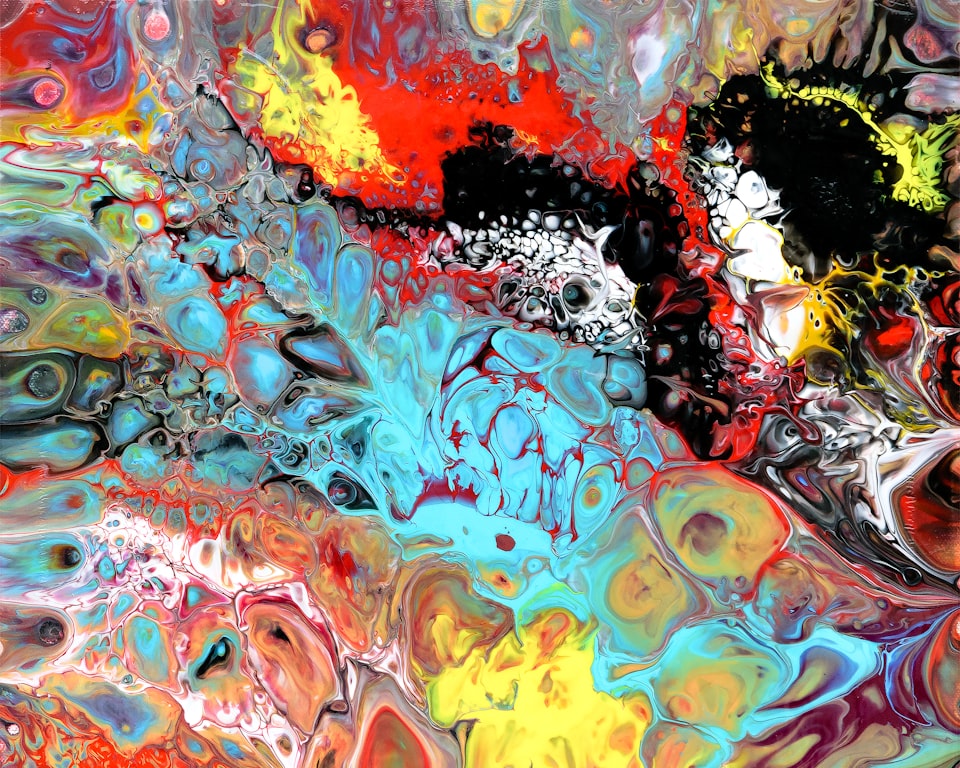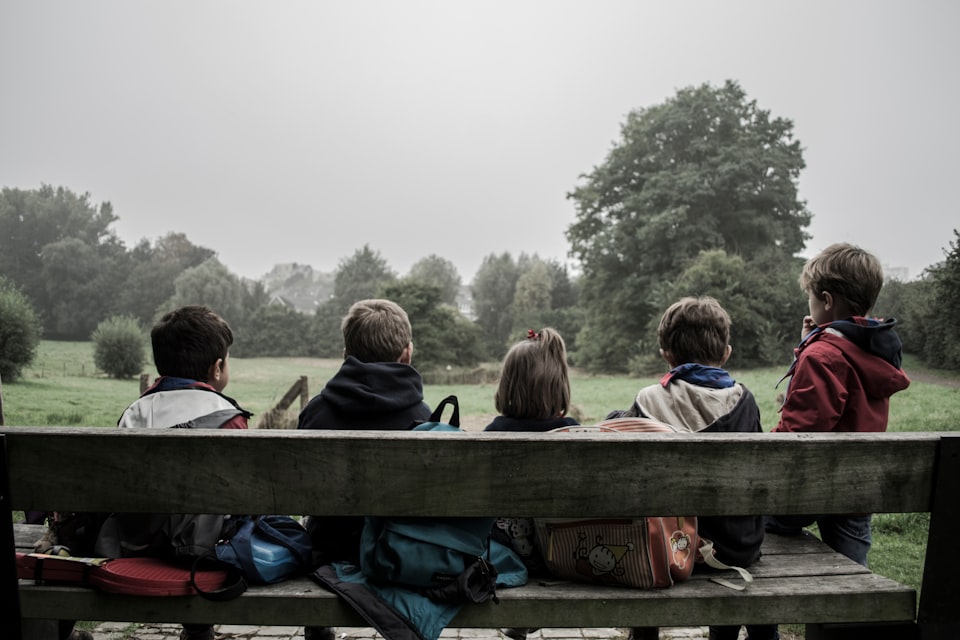Without creativity, innovation might just suck - since creativity plays such a major role in the process of innovation we can learn from other industries about innovation. Here are three things to foster innovation in your projects.
What could a jazz musician, a painter, a cook, a weaver, a fabric designer have in common with business? Well, it depends on the type of project or business you are running, or, to be more accurate, the type of product/service you hope to bring into the world.
Creativity is the driving force of innovation. Here are three aspects of artistic creativity that are important pillars for any innovative project:
1. Collect Raw Materials to Fuel Imagination
Artists are using their senses all the time. They observe the world around them, and continuously collect raw material which they use later in their work.
For an artist, anything can be raw material. Artists are curious about anything they come across. They absorb so many things, and somehow some of these inputs are used later in the creative process.


Artists don't filter or block anything in advance. They don't go out looking for something specific. Of course, not all the inputs are eventually used. In many cases, it is impossible to track down the ones that were used, just like you can't always identify the ingredients of a great dish. But that is not important - all ingredients eventually affect it.
Collecting activity is a major part in the creation of art. The artist's senses are always on. And if you want to innovate, that is exactly what you should do.
2. Create a World
When we read, hear, or look at an artwork, we usually focus on that specific item. In most cases, we don't see it as part of a sequence of pieces created by the artist. However, in many cases, the artwork is in fact merely a small corner of an entire world created by the artist.

When artists create new worlds, they are free to play with any aspect of them: from the landscape to their timeline, from the laws of physics to how people feel and talk to each other. It doesn't have to be a science fiction, fantasy or a surreal work. It can seem very much like the world we all know, but it is still the artist's world to create and control.
Creating a world of your own, enables you to define the rules. You can expand it, change it, or refine it later - it is yours to play with. It creates explicit boundaries, but you can open as many gates in these boundaries as you wish. It makes your creation consistent, holistic, and yet not limited in any sense.
3. Define Who You Are
If you ask an artist what defines them, you might hear different answers. But deep inside, most artists define themselves by their art. Art is an integral part of the artist. It is not just "something they do" - it is who they are.
In most cases, art is inseparable from the artist. It is the core of their being.

In contrast, for many companies innovation is just something they feel they have to do to meet their business goals. Not that there is anything wrong with meeting business goals, but if innovation is just an arbitrary mean to do that, it is by definition not what defines your organisation or your projects.
If creativity and innovation are not part of the fabric of your organisation/project - part of its DNA - most likely they will not be groundbreaking or last for long. Creativity must flow in the projects veins 24/7. It must beat in the hearts of each and every team member. It must be alive. You cannot "activate" innovation at command. It must be present - all the time.
Summary
Here's those three tips:
- Collect, absorb new ideas, ingredients and inspirational sources - let them soak into your brain, digest and sit there, keep it all in there, don't filter it out.
- Create a world - imagine a future or world you want to create
- Make it the core of your being - be inspired and think about your world always, creativity, innovation and art is not an on/off switch





